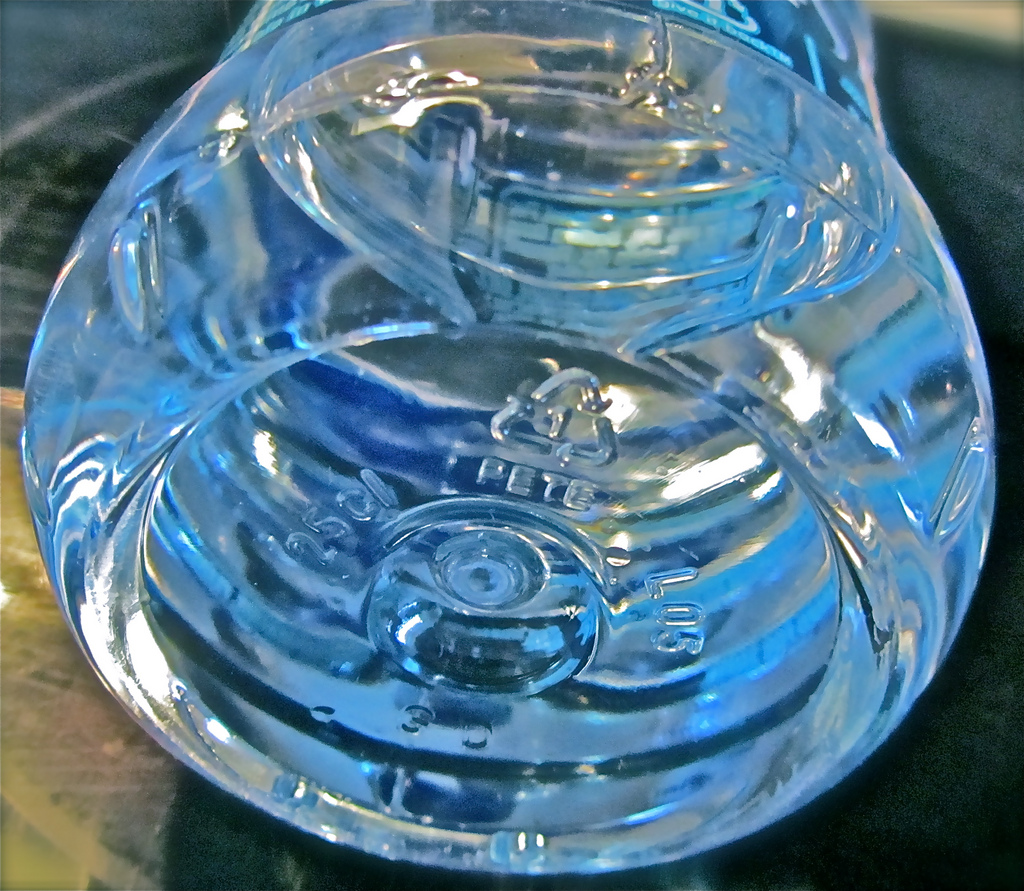For people who want to look after their health, choosing the right food and drink is always a key consideration. However, many are unaware that their diet may contain potentially harmful amounts of invisible microplastics.
The global impact of microplastics is often overlooked, but in reality it is one of the most significant environmental concerns of the modern era. These microscopic plastic fragments are smaller than 5mm in length and are saturated through every level of our ecosystem – as a result, we eat, drink and breathe in countless microplastic particles every day. The health consequences for humans are not well understood, but based on how microplastics affect animals, there is serious cause for concern..
As one of the UK’s leading drainage and wastewater specialists, Lanes Group is running a campaign called Microplastics Out of Our Drains (MOOD), designed to raise awareness of the microplastic threat. Here, we will explain the effects of microplastic consumption on humans, and the potential steps that can be taken to prevent them.
The potential danger of microplastics
The scale of microplastic pollution, and the effects it could have on humans, are only just beginning to be understood by the scientific community. Countless trillions of microplastic fragments are continually released into our natural environment, either through the production of microbeads for personal care products, or from the breakdown of larger plastic waste through gradual erosion.
These fragments make their way into our oceans, where they are consumed by aquatic life. Indeed, a study from Kyushu University in 2021 estimated that at least 24.4 trillion pieces of microplastics can be found in the world’s upper oceans, with a combined weight of 82,000 to 578,000 tons.
As these plastics work their way back into animal food chains, they can have a significant impact on the health of these ecosystems. Dead whales are often found to have large amounts of plastic in their stomachs when dissected, while turtles and camels are also among the species known to have been killed by eating too much plastic. Additionally, microplastics have been found in the brains of fish, the kidneys and hearts of rats, and in the foetuses of mice.
Currently, the specific impact of eating microplastics on human health is not fully understood, but recent studies provide plenty of cause for concern. It is estimated that the average person eats around 20 kg of plastic in their lifetime, and because many plastics do not break down in our digestive systems, they could remain in our bodies for a long time, potentially moving between organs to cause damage.
It is hypothesised this kind of plastic consumption could lead to problems like oxidative stress, chronic inflammation or even DNA damage. The Plastic Health Coalition reports that long-term exposure to microplastics can lead to health risks including hormone disruption and organ damage, while it is also known that plastics are susceptible to colonisation by microorganisms such as vibrio cholera – the pathogen that causes cholera in humans.
If we do not work together to fight the growing microplastics problem, these kinds of health concerns may become more common over time. We do not know the full effects that ingesting plastic could have on humans, but we must act now, rather than waiting to find out.
What steps can individuals take to reduce their microplastic consumption?
Microplastics are all-pervasive, and realistically it will not be possible to ever remove them from the environment. This also means that we may never be able to completely eliminate plastic from human diets. However, there are various steps that can be taken to try reduce the amount, including:
- Avoiding the use of unnecessary plastic packaging
- Heating food without using plastic containers
- Choosing cans and glass bottles for drinks, as bottled water is estimated to contain an average of 100 microplastics per litre
- Drinking filtered tap water, as filtration can help to reduce the plastic content
- Avoiding seafood, as this is the main way in which microplastics from the oceans enter the human food chain
- Purchasing plastic-free tea bags or loose-leaf tea, as tea bags are one of the most common sources of microplastic
You can also help to bring about longer-term change by avoiding single-use plastics – such as straws, grocery bags and water bottles – and ensuring that your clothing and furniture are not made using artificial fabrics.
Ultimately, it will be the responsibility of government and industry bodies to restrict the use of microplastic-producing processes and materials in their operations, and to implement better methods for tracking and preventing microplastic pollution. However, by taking individual decisions to reduce microplastic consumption and educating themselves on the wider issues, consumers can help to encourage businesses to cut down on their use of these harmful plastics, and to seek alternative, environmentally-friendly materials that can turn the tide on microplastics for good.


